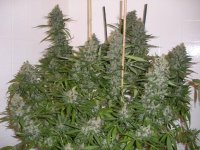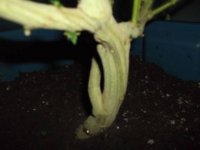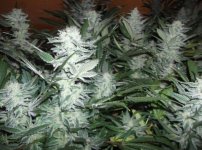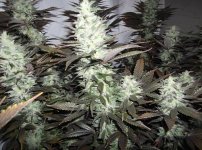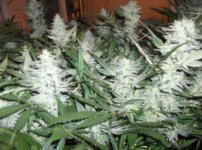Hi,
I've caused myself a bit of a problem with my current coco grow by making a mess with the nutrients. I've been using CX hydroponics for coco and I kept feeding Grow for too long and have ended up with way too much leaf and it's pretty dark. I've flushed all the pots through with plain water and I'm now just feeding a weak solution Cx hydro "Head masta". Is this the right thing to do? What's the best way to remedy the situation?
If any could give a run down of their feeding schedule & flush out when using coco that'd be great , will be useful for next time! Thanks
, will be useful for next time! Thanks
I've caused myself a bit of a problem with my current coco grow by making a mess with the nutrients. I've been using CX hydroponics for coco and I kept feeding Grow for too long and have ended up with way too much leaf and it's pretty dark. I've flushed all the pots through with plain water and I'm now just feeding a weak solution Cx hydro "Head masta". Is this the right thing to do? What's the best way to remedy the situation?
If any could give a run down of their feeding schedule & flush out when using coco that'd be great


